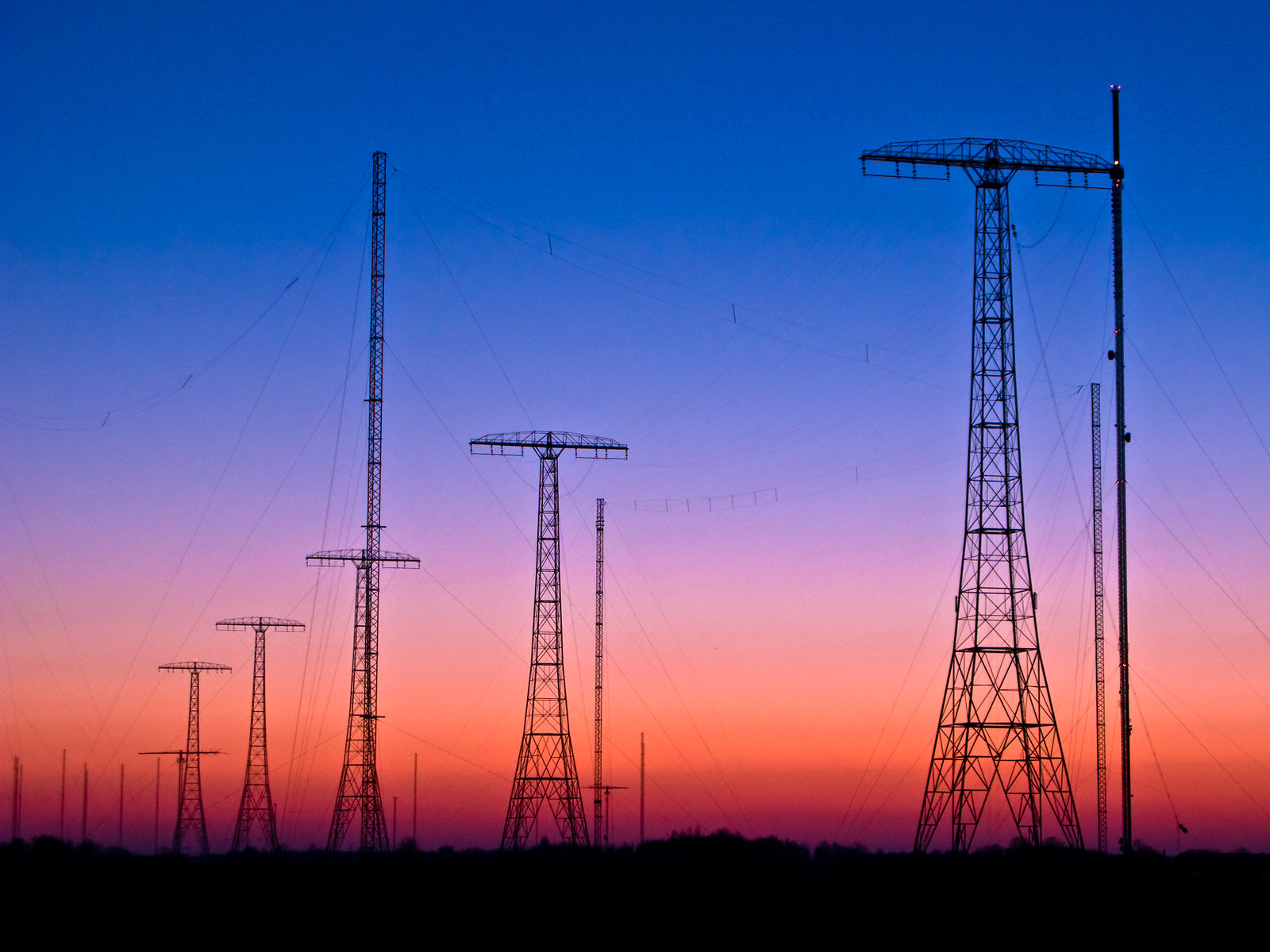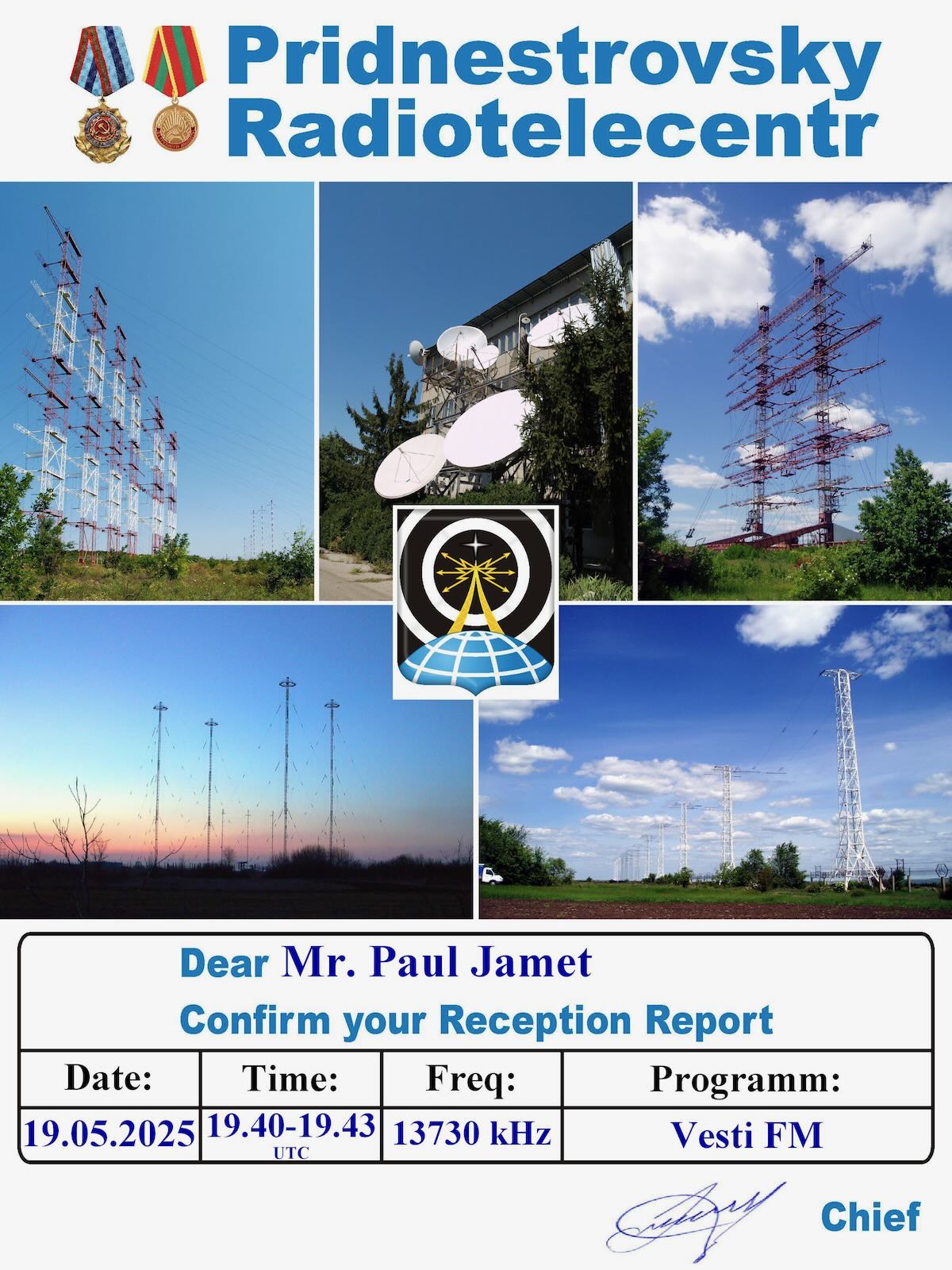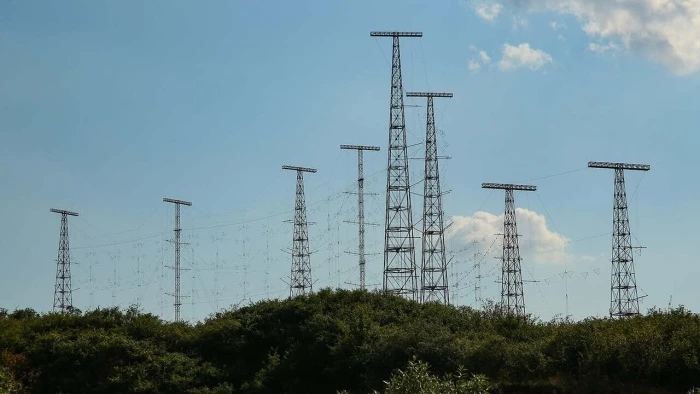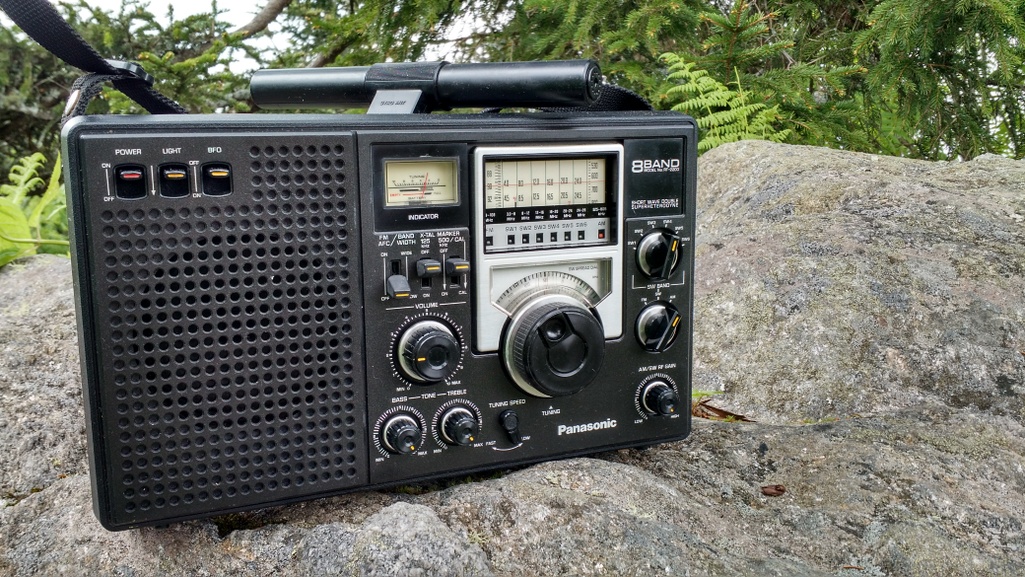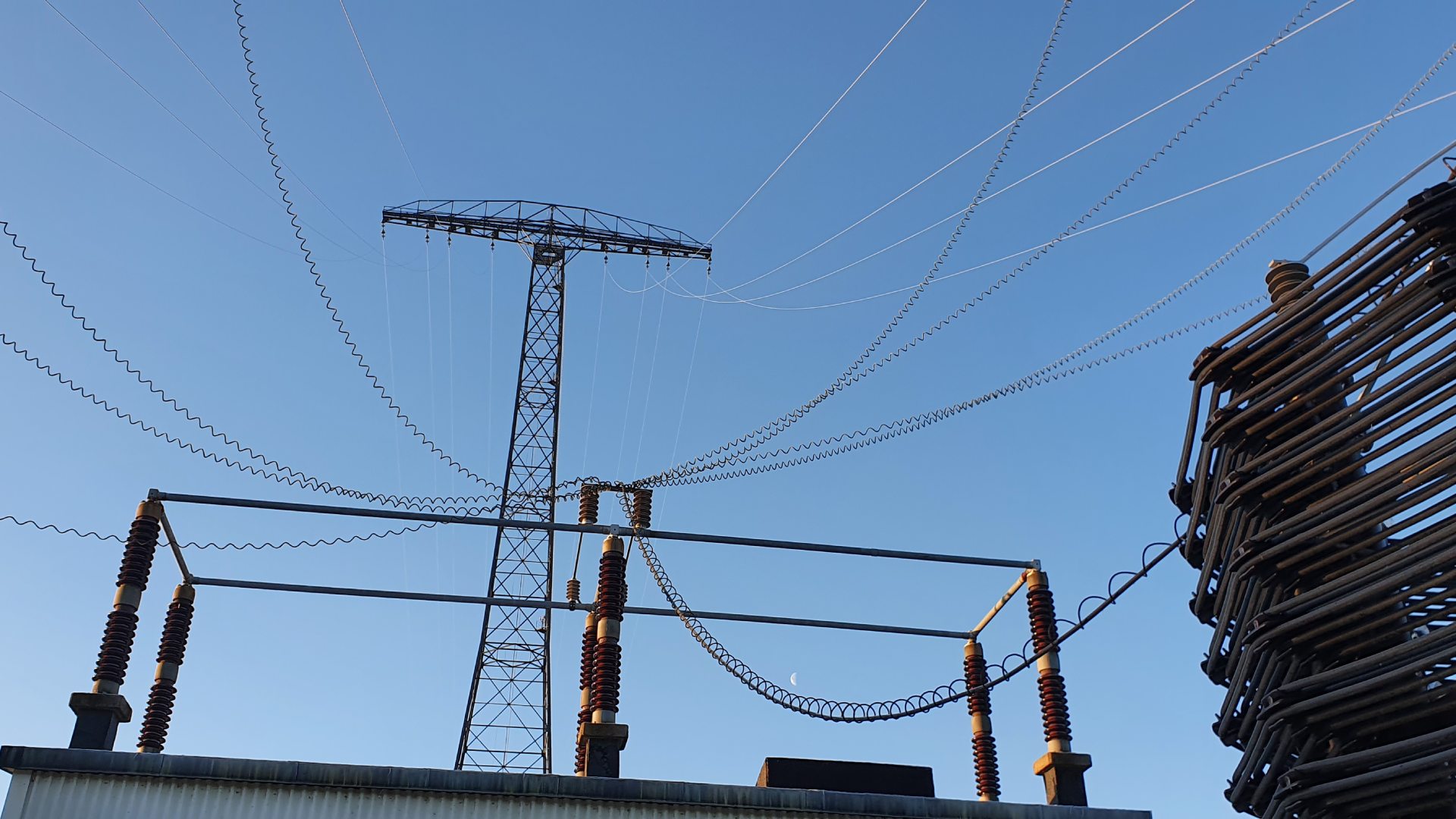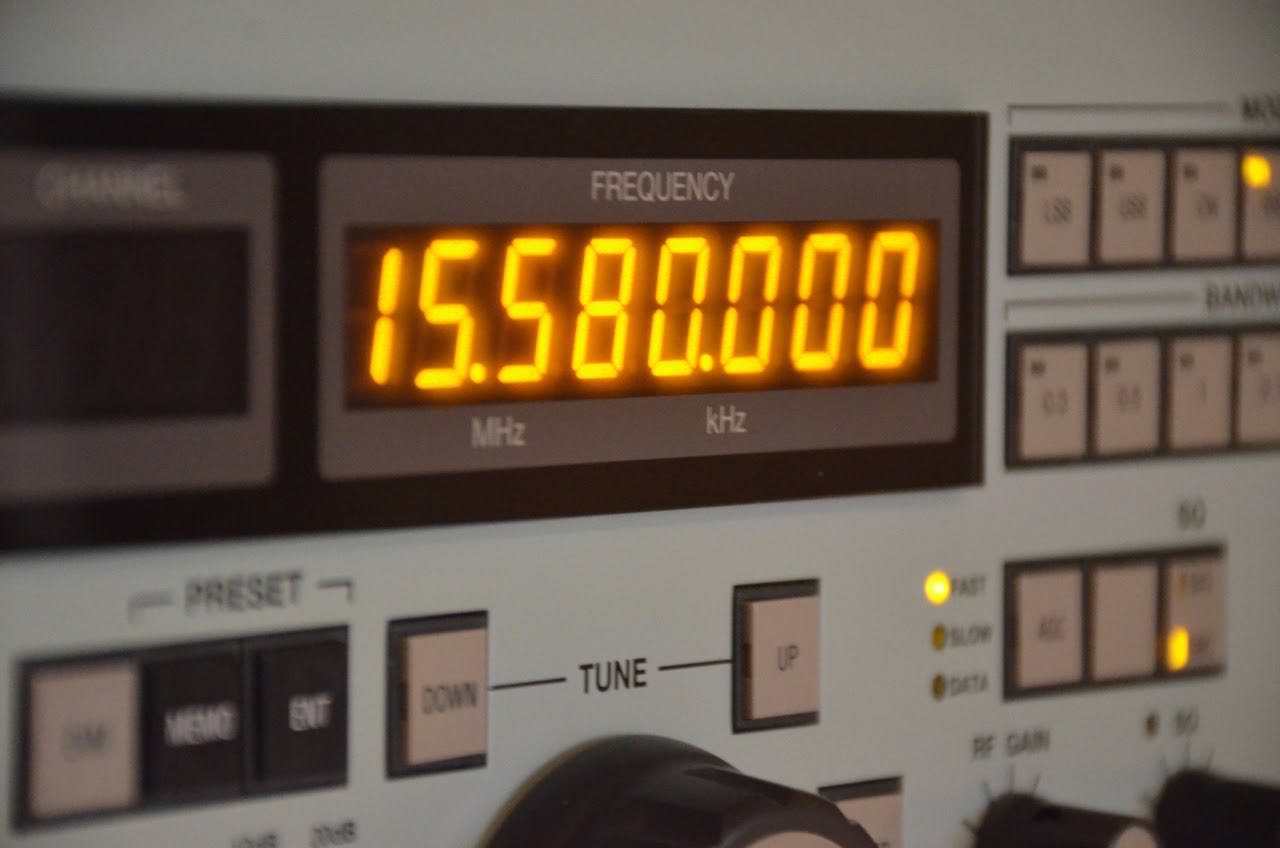 Many thanks to SWLing Post contributor Paul Jamet, who shares the following note:
Many thanks to SWLing Post contributor Paul Jamet, who shares the following note:
After this news:
https://swling.com/blog/2025/06/rti-live-test-broadcasts-in-french-on-sunday-june-29-2025/
[We have this] similar news for the Deutsch service transmissions from Tamsui, Taïwan! See below:
Dear listeners,
Radio Taiwan International is once again planning broadcasts of its German-language program from the Tamsui transmission site this year.
For this purpose, RTI will air 10-minute test transmissions on Saturday, June 28, 2025, at the following times and frequencies:
Test Transmissions: Saturday, June 28, 2025
(Times listed in UTC / CEST = UTC+2)
-
- 15145 kHz (17:00–17:10 UTC)
- 11995 kHz (17:15–17:25 UTC)
- 11995 kHz (17:30–17:40 UTC)
- 9550 kHz (17:45–17:55 UTC)
We kindly ask you to monitor these test transmissions and send your reception reports to RTI:
Email: [email protected]
From the above frequencies, two will be selected for the live broadcasts.
Official Broadcast Dates:
(Each broadcast will consist of half an hour on one frequency from 17:00–17:30 UTC, and half an hour on a second frequency from 17:30–18:00 UTC.)
-
- July 4 (Friday), July 5 (Saturday), July 6 (Sunday)
- July 11 (Friday), July 12 (Saturday), July 13 (Sunday)
- July 18 (Friday), July 19 (Saturday), July 20 (Sunday)
- July 25 (Friday), July 26 (Saturday), July 27 (Sunday)
More information and announcements:
https://www.rti.org.tw/de/informationlist?uid=15
Our new website:
https://www.rti.org.tw/de
With best regards,
Your RTI Editorial Team
? [email protected]
Original German version:
Liebe Hörerinnen und Hörer,
Radio Taiwan International plant auch in diesem Jahr wieder Ausstrahlungen des deutschsprachigen Programms von der Sendeanlage in Tamsui.
RTI strahlt dafür am Samstag, 28. Juni, jeweils 10-minütige Testsendungen zu folgenden Zeiten auf folgenden Frequenzen aus:
Testsendungen: am 28. Juni 2025 (Samstag)
Zeitangaben in UTC (MESZ=UTC+2)
-
- 15145 kHz (17:00-17:10 UTC)
- 11995 kHz (17:15-17:25 UTC)
- 11995 kHz (17:30-17:40 UTC)
- 9550 kHz (17:45-17:55 UTC)
Wir bitten Sie, die Testsendungen zu beobachten und RTI Ihre Empfangsbeobachtungen mitzuteilen: E-Mail: [email protected]
Aus den oben genannten Frequenzen werden 2 Frequenzen für die Direktausstrahlungen ausgewählt.
Offizielle Sendetermine:
(Eine halbe Stunde auf einer Frequenz von 17:00-17:30 Uhr UTC, eine halbe Stunde auf der zweiten Frequenz von 17:30-18:00 Uhr UTC):
-
- 04.07. (Freitag), 05.07. (Samstag), 06.07. (Sonntag)
- 11.07. (Freitag), 12.07. (Samstag), 13.07. (Sonntag)
- 18.07. (Freitag), 19.07. (Samstag), 20.07. (Sonntag)
- 25.07. (Freitag), 26.07. (Samstag), 27.07. (Sonntag)
Weitere Informationen und Ankündigen:
https://www.rti.org.tw/de/informationlist?uid=15
Unsere neue Internetadresse ist:
https://www.rti.org.tw/de
Mit freundlichen Grüßen
Ihre RTI-Redaktion
[email protected]

